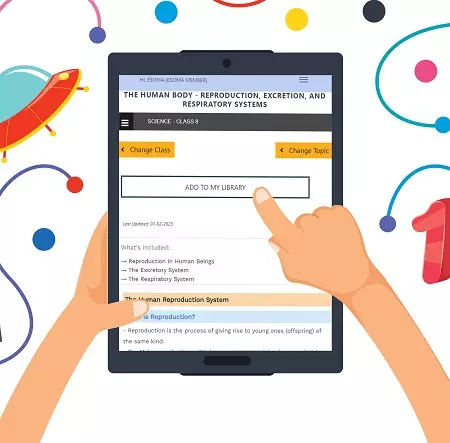Question
Answer
- With teeth for chewing to increase the surface area for digestion and easy swallowing
- Has salivary gland which secrete saliva to soften and lubricate food for easy swallowing
- Has muscular tongue to turn food sideways for proper mixing with saliva and chewing
- Rolls food in to boluses and pushes them down the gullet
- Saliva has saliva amylase to initiate digestion of starch
- Has circular and longitudinal muscles to propel food into the stomach by peristalsis
- Has cardiac sphincter muscles to allow/regulate food into the stomach
- Pyloric sphincter to retain food for digestion in the stomach
- With gastric glands that secrete mucus to protect wall of the stomach from digestive enzymes, enzymes pepsin and rennin to digest proteins;hydrochloric acid to kill bacteria in food;and provide optimum PH for protein digestion,activation of pepsinogen
- With muscular walls whose contraction churn/mix chyme with digestive enzymes.
- With brunner's glands in its walls to produce alkaline fluid and mucus
- Has crypts of lieberkuhn whose cells produce digestive enzymes
- Is connected to the pancreas and the liver which supply pancreatic juice and bile respectively
- Bile emulsifies fats and neutralizes the acid from the stomach. Pancreatic juice contains digestive enzymes/pancreatic lipase, pancreatic amylase and Trypsin that acts on lipids, starch/amylase and proteins respectively.
- Long to allow complete digestion and absorption of food
- With villi and microvilli to increase surface area for digestion and absorption
- Folded to increase surface area for digestion and absorption
- Narrow to keep digested food in contact with epithelium to reduce distance over which food diffuses
- With moist inner surface to enhance absorption of nutrients
- With epithetical cells continuously replaced
- Has lacteals for fat transportation
- Has muscular walls for peristaltic movement of food
- Folded to increase surface area for absorption of water and mineral salts
- With muscular walls for peristaltic movement of undigested food
Rectum
- Secretes large amounts of mucus for lubrication to aid defecation
- With muscular sphincter to control defecation

